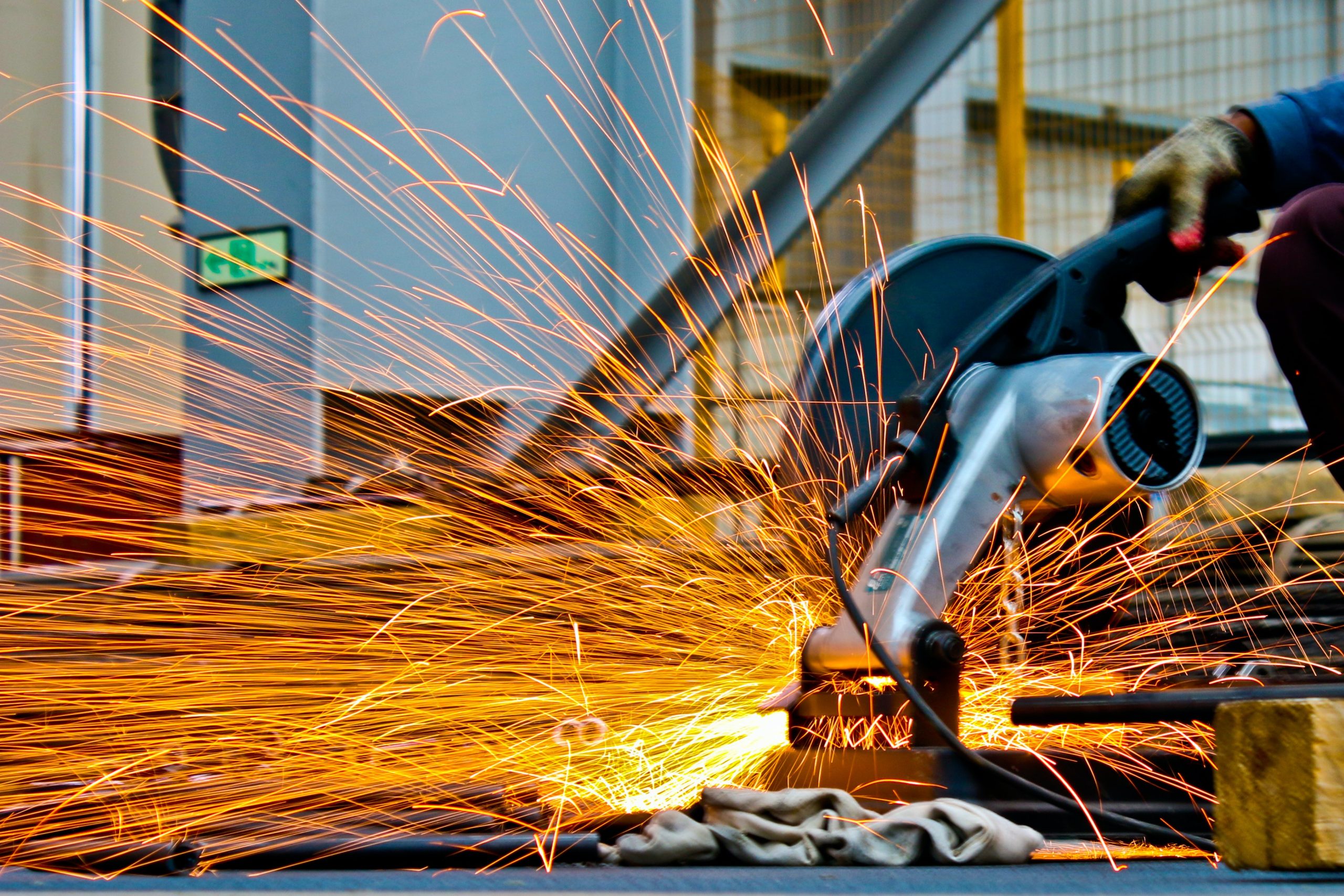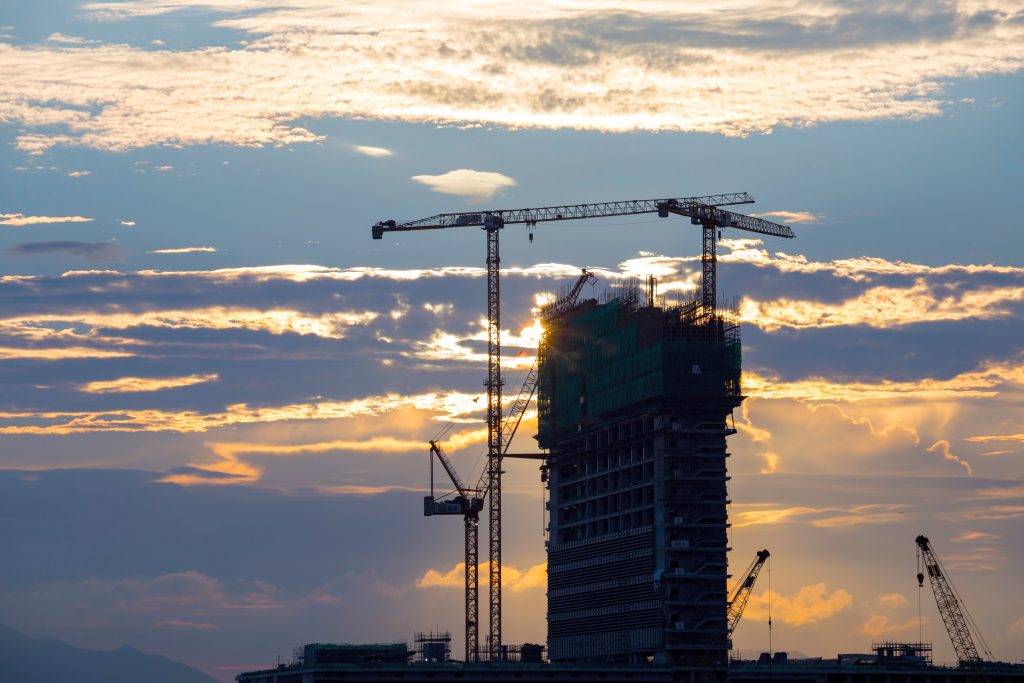
When discussing structures or anything linked to them, the most crucial parts of the structure naturally come to mind, right? Concrete and cement are typically the first materials that come to mind. Have you ever tried to learn why those materials aren’t the only ones that matter if you aren’t involved in that kind of work? You may probably guess what else is crucial from the title; yeah, steel bar Malaysia!
Steel bars can also be referred to as rebar. Buildings made of reinforced concrete and masonry are using these steel bars to add strength and maintain tension.
Buildings, bridges, dams, reinforced concrete roadways, and towers are just a few of the many types of constructions that steel bars are used to construct. Because the tensile strength of concrete is substantially lower than its compressive strength, it can be employed to continue providing tensile strength in concrete. It will have enough strength to hold up the building. It is inserted in concrete fiber to make it stronger and help it bear the building’s weight.

Uses Of Steel Bars
Most people identify steel bars with structural reinforcement and construction in general. Indeed, this is the most common application for these materials, however, it is important to note that steel bars have other uses as well. There are three popular application types.
Concrete is the predominant building material for practically all structures. As a rather brittle material, concrete cannot provide sufficient stability, strength, and longevity for a structure. Therefore, reinforcing bars are utilized to strengthen the concrete. Almost typically, round bars are utilized for this form of reinforcement.
In addition to other applications, round bars are utilized for beams, columns, and foundation benching. In conjunction with trusses, they form a sturdy foundation for any construction. Their function is to enhance the building’s resistance to vertical and horizontal loads. Large industrial facilities can also utilize round bars for the building of power poles, bridges, and hall roofs.
In addition, the building of steel structures such as fences, gates, balustrades, and trusses is one of the most prevalent applications of steel bars. Typically, square bars are used for this purpose, however, circular bars can also be employed.
Properties And Types Of Steel Bars
There are numerous ways to categorize steel bars. Rods come in a variety of shapes and sizes, each with its own unique set of qualities that help define what kinds of applications can be met by the finished goods. In this article, we’ll go through the various ways steel bars can be categorized.
Steel bars with a cross-section are the most widely used type. You can choose among bars with various shapes, including circles, rectangles, squares, and hexagons. Flat bars, or rectangular bars, are extensively used in gates, fences, and other industrial machinery. However, round bars are in the highest demand due to their suitability as concrete reinforcement and hence their availability.
The surface of steel bars is another way to classify them. Among these types are both smooth bars and ribbed bars. When comparing the adherence of ribbed and smooth bars to concrete, the superiority of the former is obvious.
Separate from this is the question of how different types of bars can be classified by how long they last. A-0, A-I, A-II, A-III, and A-IIIN are the five different identifiers. The strength of these marks, from weakest to strongest, is indicated by their order of writing.
The markings offer context to what is already known about the bars’ characteristics, which is useful. Indicators of weldability include the letter “S,” the presence of manganese indicated by the letter “G,” and the amount of carbon indicated by the number.
Keep in mind that steel bars can also be sorted by the kind of metal they were made from. To name a few, you can find bars here made of boiler steel, heat-resistant steel, carbon steel, free cutting steel, non-alloy steel, tool steel for hot work, and steel for carburizing or refining. Additional coatings, such as a zinc coating that guarantees corrosion resistance, can also be found on reinforcing bars.



